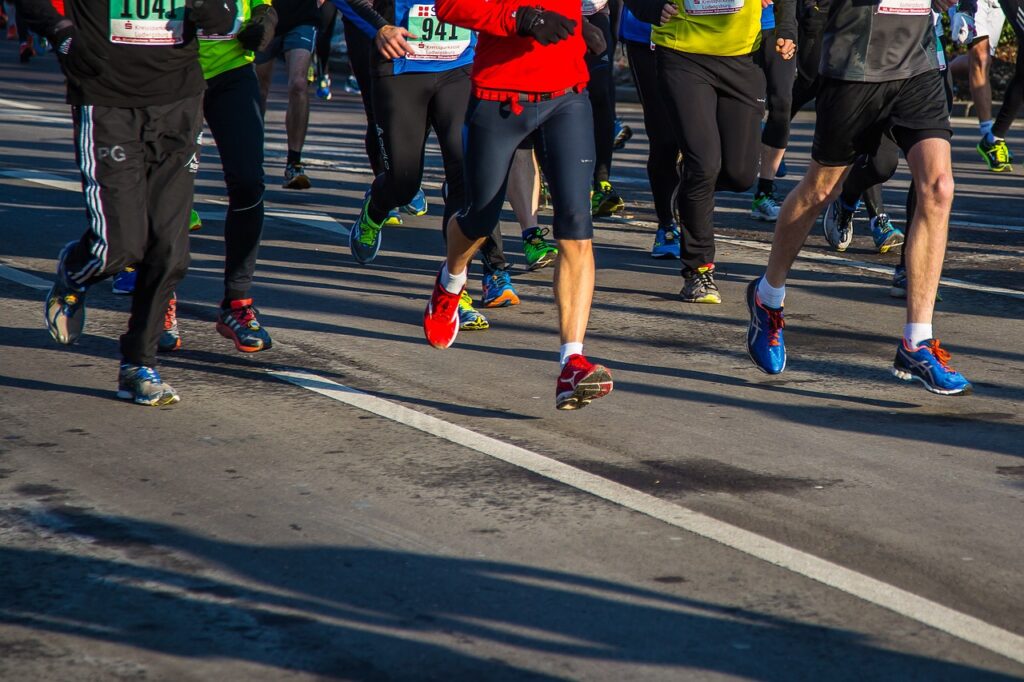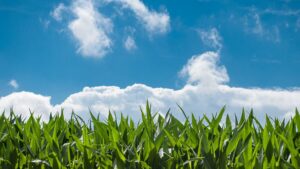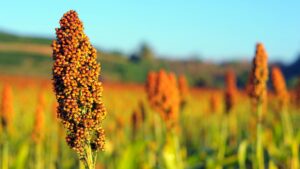Turkey trots are almost as popular of a way to celebrate Thanksgiving as eating turkey! In fact, according to runningusa.com, nearly 1 million runners completed more than 700 Thanksgiving Day races in 2016. The story, however, isn’t that all these people completed races, but that they spent the months before training and preparing.
It’s just like preparing for a seed production season. November, while it marks the end of one crop year, also signals the beginning of the next. It can seem daunting to start planning for 2018 while still finishing the 2017 seed crop, but just like training for a race, the earlier you start, the easier it is to perform at your best.
Below are three ways to get ready for your next season.
1. Everything Impacts Performance, Review it All!
There is no shortage of information collected during a seed production season. It’s easy to just focus on the big things. However, no detail is insignificant. Instead of only focusing on your running times, details like how your shoes fit or how you carry your arms are critical to having a great race. Similarly, seed yields are important, but factors like comparing stand counts to ear counts, ear size and kernel rows and a whole host of other agronomic and statistical information will give you the insights necessary to be at your best in 2018.
2. Improve Your Knowledge
You can’t be an expert by running just a few races. The same is true for seed production. Think about it this way: having 20 years of experience in seed production sounds impressive. However, that means you’ve only planted 20 crops. Would you consider yourself a running expert after only 20 races? Building a network of professional resources makes all the difference. Spend the winter interacting and exchanging information with experts in the field and you’ll perform at a much higher level.
3. Do Something New Every Season
I’m always trying out new running gear to shave off a few seconds. We also do this in seed production. We conduct multiple trials every year to test new chemistry, methods and challenge the status quo. This creates a culture of innovation and continuous improvement. The constant testing and evaluation, combined with continuing education means we get better every year and consistently beat our “personal best.”
In closing, the time to get better is now. It’s the same in running and seed production. Put in the work, make the effort and you’ll be rewarded with your best possible performance.









